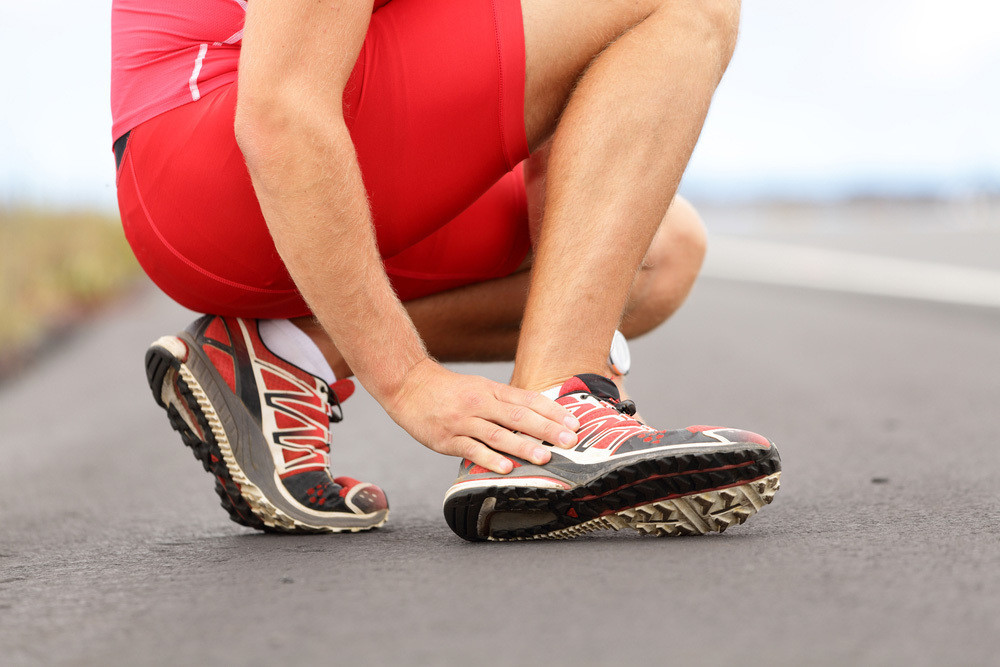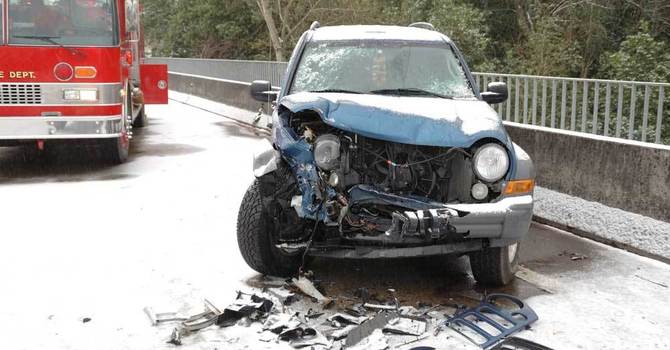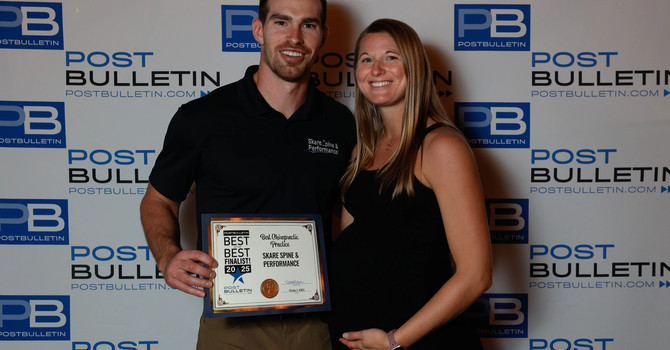
Ankle sprains are one of the most common sports injuries, affecting athletes and active individuals alike.
Understanding the recovery timeline, recognizing when to seek medical attention, and employing effective treatment strategies are crucial for a successful recovery and minimizing the risk of re-injury.
Here, we’ll break down the essential aspects of ankle sprains and provide actionable insights for healing and prevention.
How Long Does It Take to Heal an Ankle Sprain?
The healing time for an ankle sprain depends on the severity of the injury, typically classified into three grades:
Grade 1 (Mild Sprain):
- Damage: Minor stretching or microscopic tears in the ligaments.
- Recovery Time: A few days to 3 weeks.
Grade 2 (Moderate Sprain):
- Damage: Partial tearing of the ligaments.
- Recovery Time: 3 to 6 weeks.
Grade 3 (Severe Sprain):
- Damage: Complete ligament rupture.
- Recovery Time: 8 to 12 weeks or more, with potential for surgical intervention.
While these timelines provide a general framework, individual factors such as age, overall health, and adherence to treatment protocols can significantly influence recovery.
Our goal at Skare Spine & Performance is to speed healing and get you back on your feet quicker.
When to Worry About a Sprained Ankle
Though most ankle sprains resolve with proper care, some cases require further evaluation. Seek medical attention if you experience:
Severe Swelling or Bruising:
Rapid or extreme swelling and extensive bruising may indicate a fracture or severe ligament damage.
Inability to Bear Weight:
If walking is impossible or extremely painful, it’s important to rule out a fracture or severe ligament injury.
Persistent Pain or Instability:
Lingering pain, instability, or a sense of “giving out” may signal chronic ankle instability or inadequate healing.
Deformity or Numbness:
Visible deformity, loss of sensation, or tingling may indicate a nerve injury or dislocation.
Prompt orthopedic assessment, imaging (e.g., X-rays or MRI), and appropriate intervention can prevent complications and ensure optimal recovery. We perform a thorough evaluation to determine the extent of your injury and guide treatment. If our assessment identifies a possible fracture risk or severe ligament damage, we will refer you to get imaging.
How to Treat and Heal a Sprained Ankle
Modern recovery strategies have evolved from the traditional RICE (rest, ice, compress, elevate) protocol to approaches that emphasize movement, early rehabilitation, and progressive loading.
A newer framework, known as MEAT (movement, exercise, analgesics, and treatments), has shown promise in accelerating recovery.
Research has shown that the quicker we can get you on your feet and load the ankle, the quicker recovery will be.
Here’s how to implement these principles effectively:
Movement:
Gentle, controlled movement should begin as soon as possible to prevent stiffness and improve blood flow to the injured area.
Exercises like toe circles, ankle pumps, and writing the alphabet with your toes can enhance your range of motion.
Exercise:
Begin with low-impact exercises to maintain mobility and gradually progress to strengthening routines. You will want to begin walking on it as soon as possible.
Use tools like an ankle rock board to restore flexibility and strengthen the muscles surrounding the joint.
Balance and Strengthening Exercises:
Incorporate balance training (e.g., standing on one leg or using a wobble board) to enhance proprioception and reduce reinjury risk.
As your tolerance improves, progress to dynamic movements such as calf raises, lateral hops, and sport-specific drills.
Analgesics:
Unless there is a significant amount of swelling, we recommend heat to help promote blood flow and movement to keep the ankle loose.
Treatments:
- Dry needling can activate stabilizing muscles and promote healing by improving neuromuscular function.
- Chiropractic adjustments can restore joint alignment and mobility, reducing pain and improving function.
How to Speed Up Recovery
If you’re looking to optimize your recovery timeline, consider the following evidence-based strategies that we provide at Skare Spine & Performance:
Dry Needling:
Dry needling can stimulate healing by promoting healing, increased blood flow, and activating muscles like the fibularis longus and tibialis anterior, critical for ankle stability.
Blood Flow Restriction Therapy:
Blood Flow Restriction Therapy (BFR) is an innovative rehabilitation tool that uses a specialized cuff to restrict blood flow to the affected area, creating a hypoxic environment. This stimulates muscle strength and growth while using lower loads than traditional strength training.
BFR can be particularly beneficial in the early stages of recovery when heavier weight-bearing exercises may not be possible.
It enhances recovery by increasing the release of growth hormones and improving muscle activation in and around the injured ankle.
Chiropractic Adjustments:
Chiropractic care can improve joint mobility, reduce pain, and restore function in the ankle and surrounding areas.
Proprioceptive Training:
Balance board exercises or foam pad drills can enhance proprioception, reducing the risk of reinjury by up to 47%.
Nutrition for Healing:
Prioritize a nutrient-rich diet with adequate protein, vitamin C, and collagen to support tissue repair and inflammation management.
Progressive Overload:
Gradually increase the intensity of exercises as tolerated to build strength and resilience without overloading the injured tissue.
Preventing Future Ankle Sprains
Once you’ve recovered, it’s crucial to implement preventive measures to reduce the likelihood of reinjury:
Continue Rehabilitation:
Even if your ankle feels fine, ongoing strength and balance exercises can correct deficits and improve stability. Even 5 minutes of balance training daily can substantially reduce your risk of spraining your ankle again.
Address Biomechanical Issues:
Strengthen the core and hips to ensure proper stability and control of the lower extremities.
Incorporate Dynamic Warm-Ups:
Preparing your body for activity with movements can help activate your nervous system and prevent injuries.
Why Skare Spine & Performance?
At Skare Spine & Performance, we specialize in personalized, evidence-based care to help you recover from injuries and prevent them from recurring. From dry needling to chiropractic adjustments and cutting-edge rehabilitation techniques, our team is here to support your health journey every step of the way.
If you’ve recently sprained your ankle or want to take preventive measures, contact us today. Let’s work together to keep you moving, performing, and thriving!

Nate Skare
Contact Me



